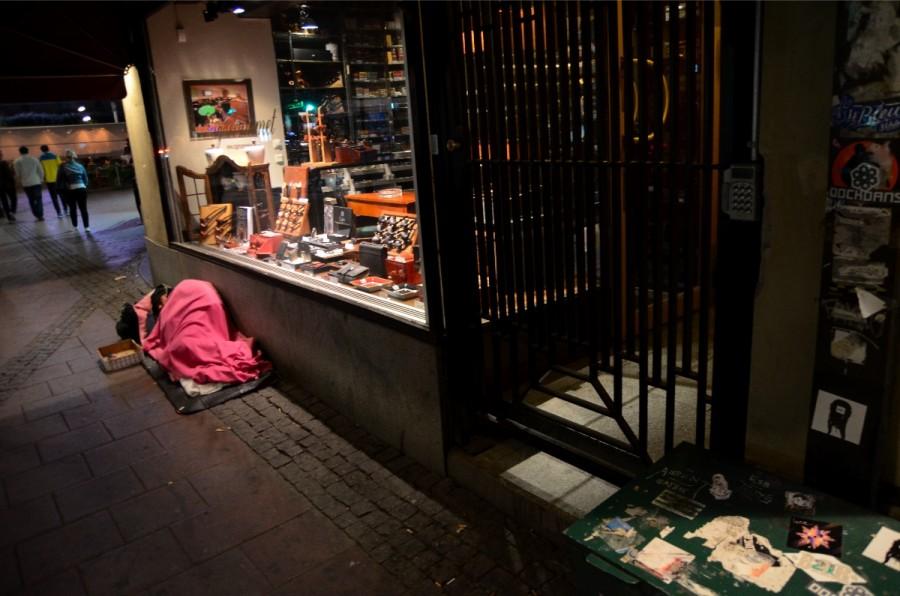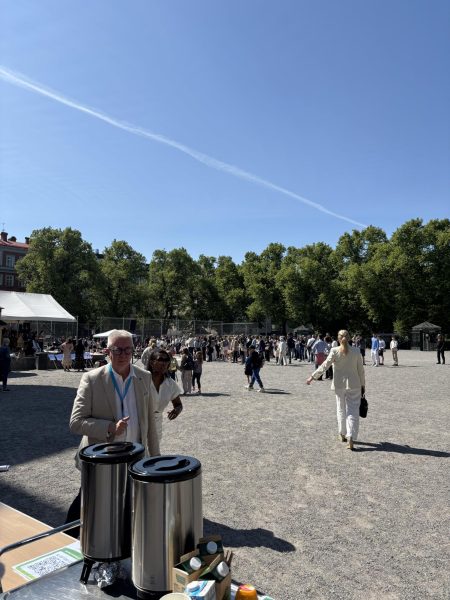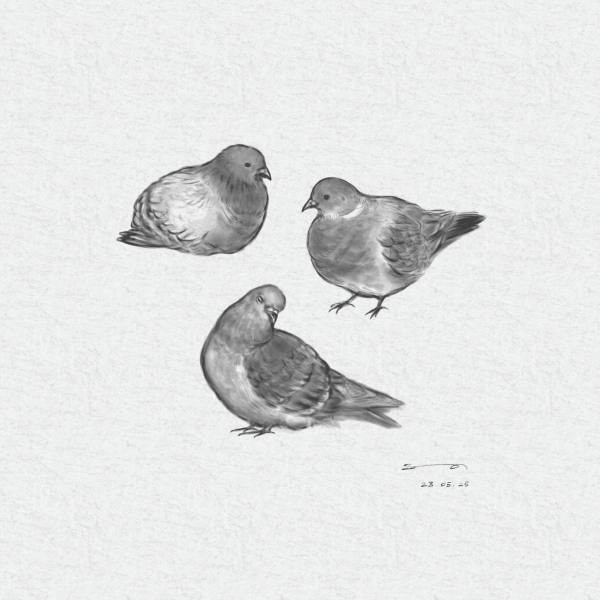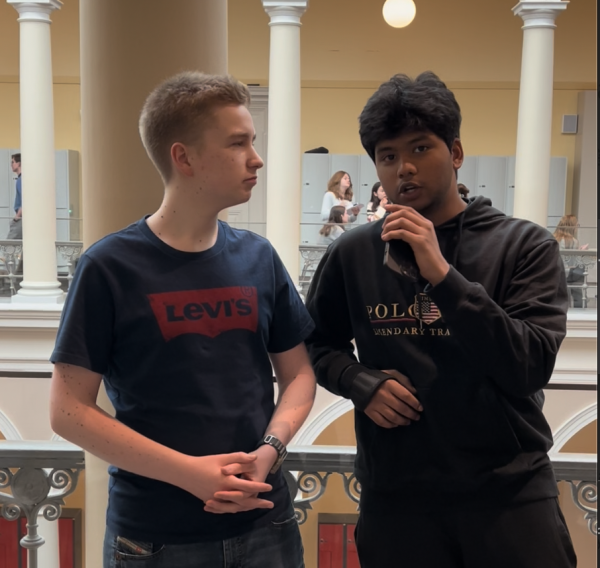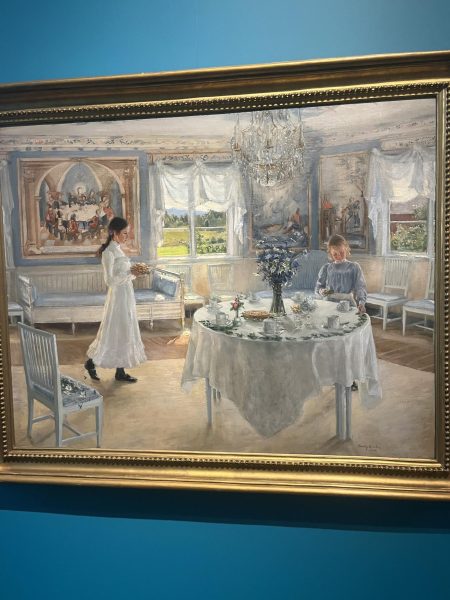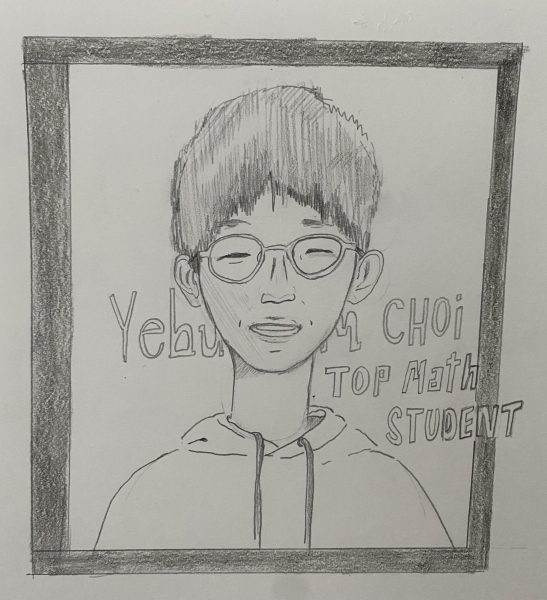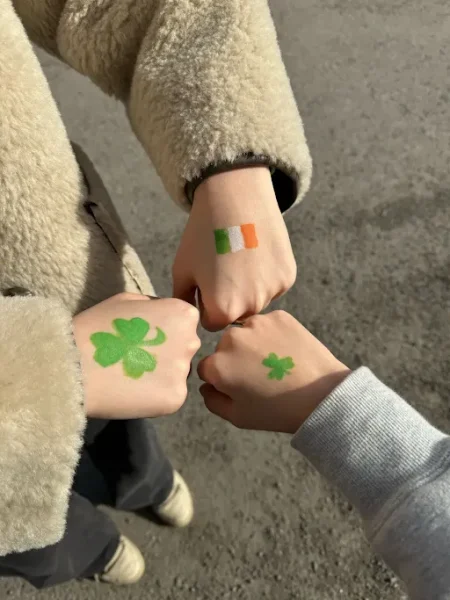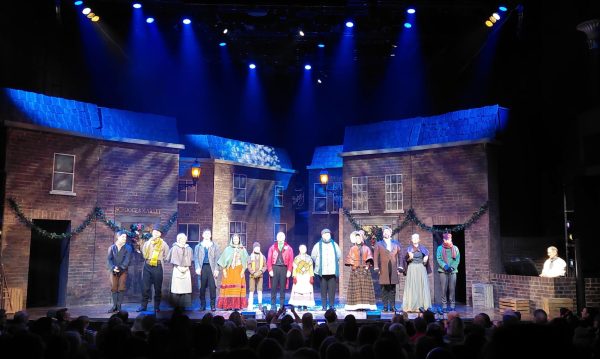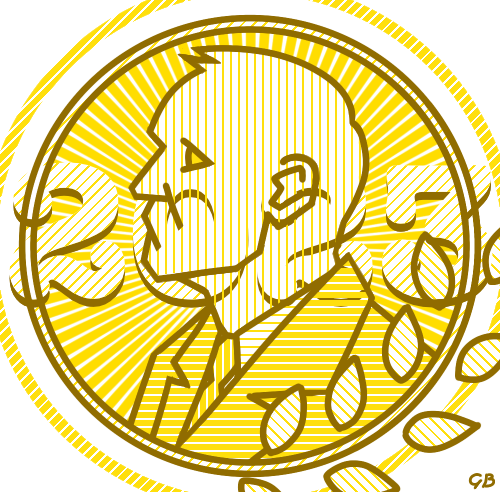The Roaming Roma
Stockholm’s Forum of Living History has been hosting, since August, 2014, an exhibition about the Roma people, which will last until December, 2015. Throughout a chronologically organized series of panels, the museum presents to the visitors the untold story behind this ethnic group. With photographs and personal life stories from true Romani, the exhibition is a touching and unmissable experience.
Being most times mistakenly called “Romanians” or “Gypsies”, the Romani were originally from India, despite many believing they are “Egyptians” or “The lost tribe of Israel”. After the conquest of northern India by the Muslims, many Roma migrated to countries all over Europe, hoping for a better life. In most nations they were received with warm welcomes but, within months, persecuted, accused of witchcraft and fortune-telling. Because of this history of migration and prejudice, the forum decided to host an exhibition, mapping the routes taken by the Roma, and telling the true story behind the myth.
Divided into two sections, the exhibition presents us both the general story of the migrating Romani and some of their personal stories. Arranged as a series of panels, the story of the Roma is told chronologically, with information about their arrival and life in several European countries. Scattered all around the forum, we can also find photographs and personal testimonies of true Romani – how they migrated to other countries, how they were welcomed, persecuted, forced to hide their own identity and reject their roots.
A part of the exhibition that caught my attention was the story of Danjiel Gubic. Born in 1982 in Bergsjön, he’s a non-nordic Roma. Gubic’s story explains practically why this ethnic group struggles to define their cultural identity. During the Balkan war, out of necessity, Danjiel would be a Serb (where his grandmother was from), a Croat (where he had migrated to), a Hungarian (where his grandfather was from), an Albanian or even a Gipsy. “This is why I’m Romani”, he says, “it’s because I’m everything.”
With a really well-arranged exhibition, the Forum is able to simultaneously present the whole Roma history of migration and the effects it had on the Roma people as individuals. The photographs and personal stories on display there played an essential role in helping us construct an idea of the Roma’s identity as a whole. It was a truly eye-opening experience for me, and I believe everyone, with no exceptions, could learn something from it.


